Even as he poured his life experiences into painting, Howard Hodgkin often remained silent about the personal circumstances that his work grew from.
InSight No. 130
Howard Hodgkin, Hotel, 1962-63
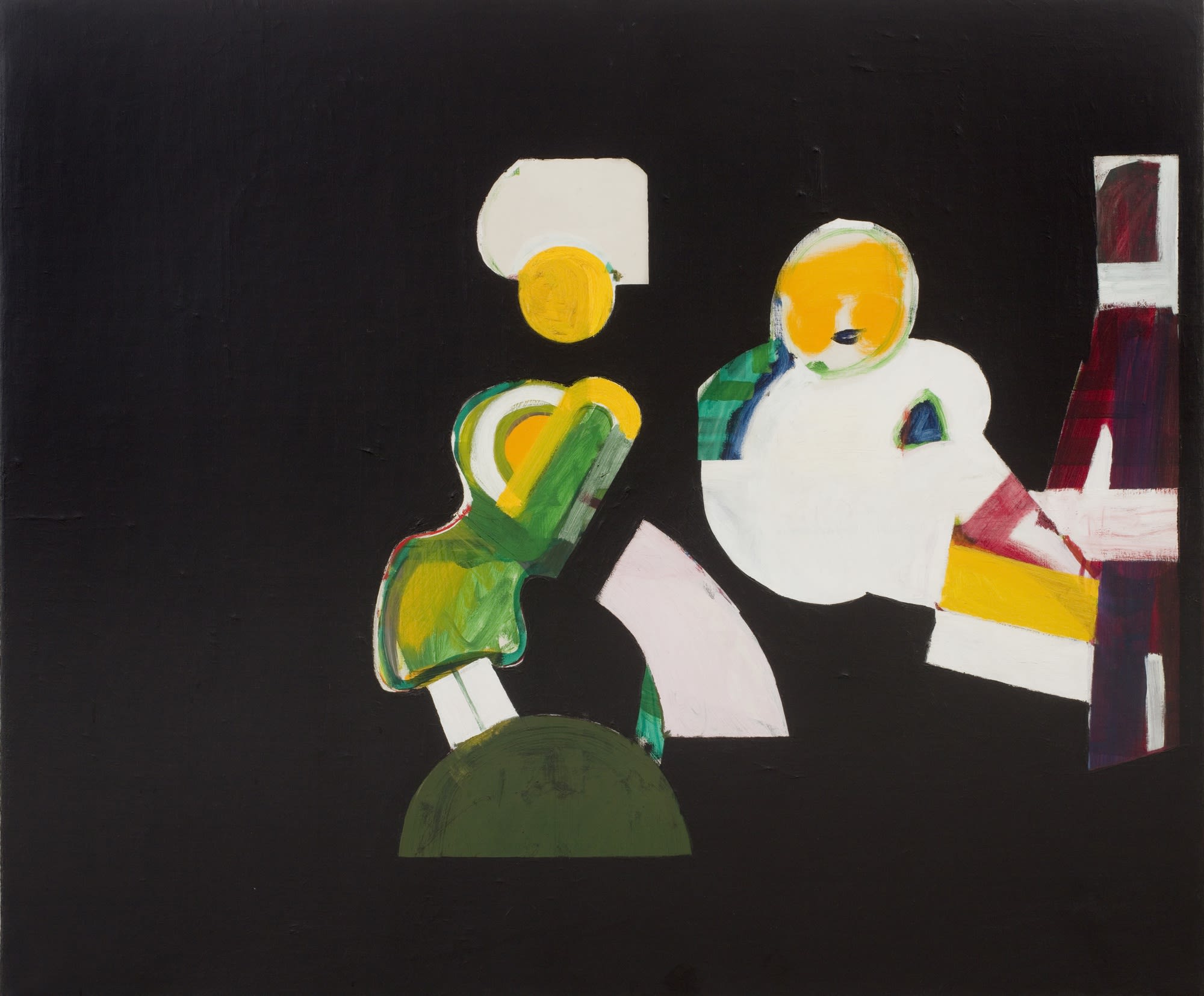
When asked what sort of paintings he did, Howard Hodgkin (1932—2017) would reply: ‘portraits, still lifes and landscapes’. But it was not that simple. He belonged to a generation of artists who began wrestling with paint and imagery in the late fifties, and who sought to recombine them in exciting and unfamiliar ways. Although sincere naturalistic illusionism had lost its credibility, the challenge of how to make an image remained integral to many artists – Peter Blake, Richard Hamilton, David Hockney and Allen Jones among them. Hodgkin’s work can justly be described as pictures, as representational images, though it is dubious whether they satisfy the narrow confines of the genres he listed. He always began with a recognisable subject, transforming it into a painting that (from the outside at least) often bore little resemblance to the putative subjects of his titles.

When his work was included in the Walker Art Center’s seminal exhibition London: The New Scene, held in 1965, Hodgkin was placed with Blake, Hockney and Jones – corralled under the subheading, ‘the persistence of the figurative’. Unlike the others, who worked ‘within the ambience of British Pop art’, Hodgkin’s subjects were not suggested by the public world of readily cannibalised symbols, but rather by intensely subjective experiences. Comparisons with the intimiste painting of Vuillard are appropriate, in which figures were woven into a fabric-like surface of discrete painterly marks. Hodgkin’s private experience of his subject, and his attempt to reconcile that experience with the inert media of his art – oil paint on canvas, later on wood – led to inscrutable paintings that nevertheless contain the germ of something truly felt.
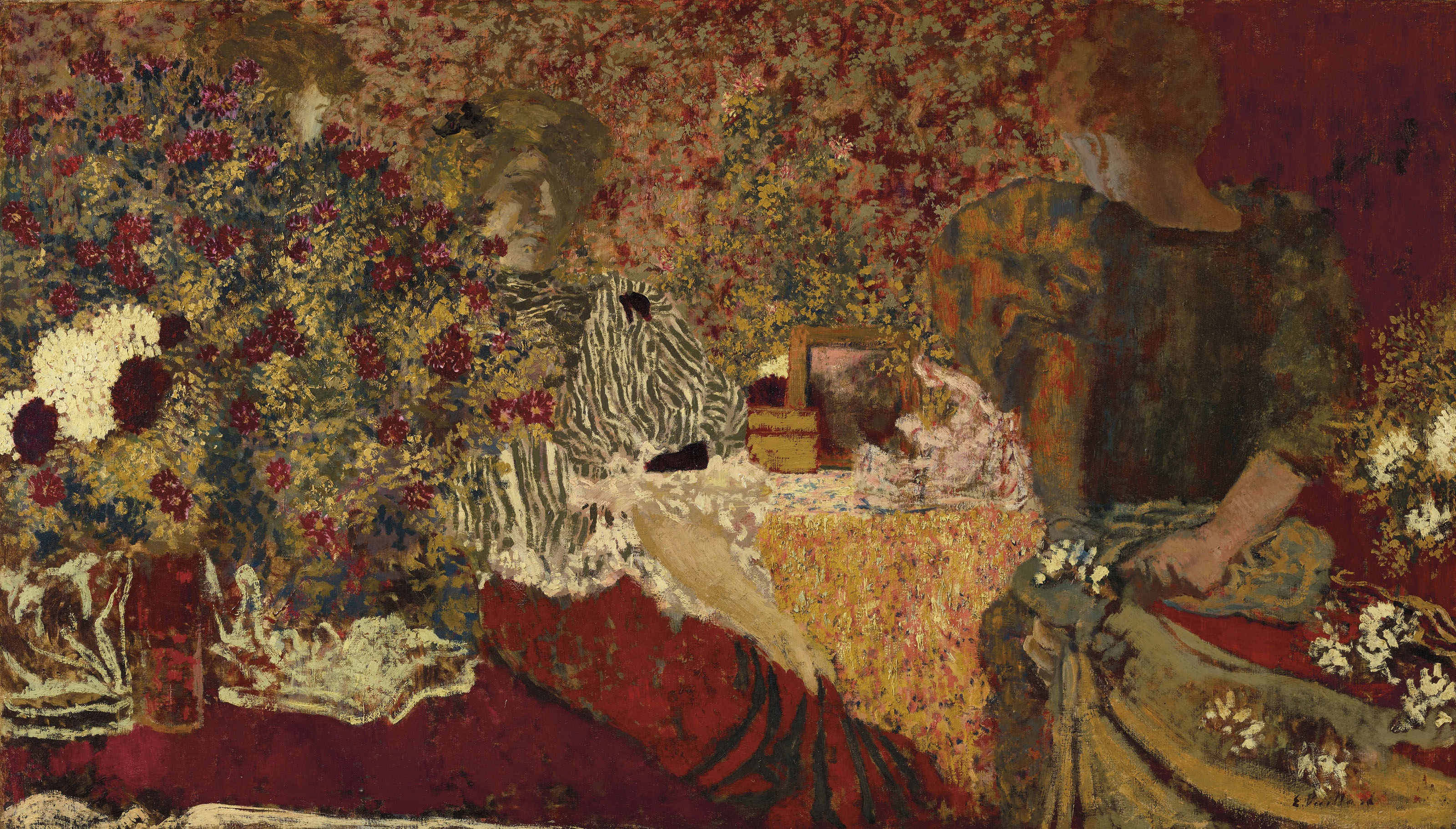
Nine paintings by Hodgkin were exhibited in London: The New Scene. They included Hotel, which the curator Martin Friedman discussed in the accompanying catalogue:
In style and mood, a picture such as “Hotel” has affinities with works by Francis Bacon who for some time has isolated his mysterious figures in dark voids. Hodgkin’s compositions usually contain one or two centralized elements, drastically conventionalized figures or sections of a figure in a series of curved lines boldly repeated throughout the painting.
In Hotel, Hodgkin’s usual extended process of painting culminated in a daring concealment of earlier activity beneath an impenetrable black surface. A similar approach was taken in Large Portrait (1962-64), painted over in black, and others were painted over in red and green (Japanese Screen, Large Staff Room and so on). In these paintings, an image emerges as if grinning through the cut-out sections of a stencil laid over the surface. One enduring feature of his work from all periods of his career was this manner of manipulating transparent and opaque paint layers, organised to suggest an unfolding of sorts.
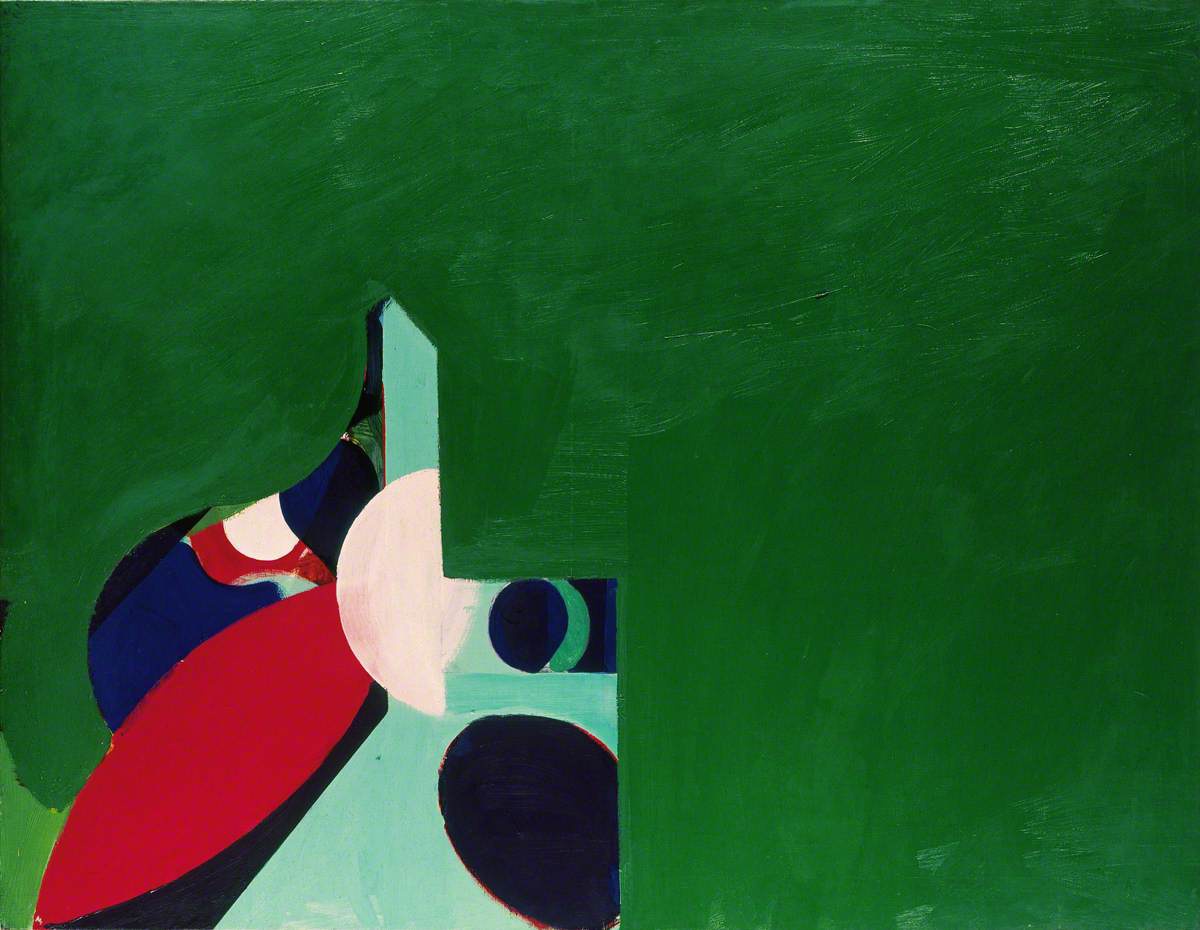
In Hotel, the revealed subject is three figures in a room. These figures are schematic: their limbs are translated into broad flat strokes of the brush, their heads like balloons. Yet they are recognisable as human bodies, each possessing its own shape and volume, and they are pictured in relation to each other. Their identity is irrelevant to the picture’s public function, which is defined by its painterly idiom of bright colour and sharply defined shapes. But the painter’s private world has come to be known indirectly. It is recorded that Hotel relates to Julia and Margaret, which depicts Hodgkin’s wife and their friend Margaret Coleman. Coleman was also painted with her husband Roger, the celebrated graphic designer, in two other paintings of the same year – Mr and Mrs Roger Coleman and Roger and Margaret Coleman.
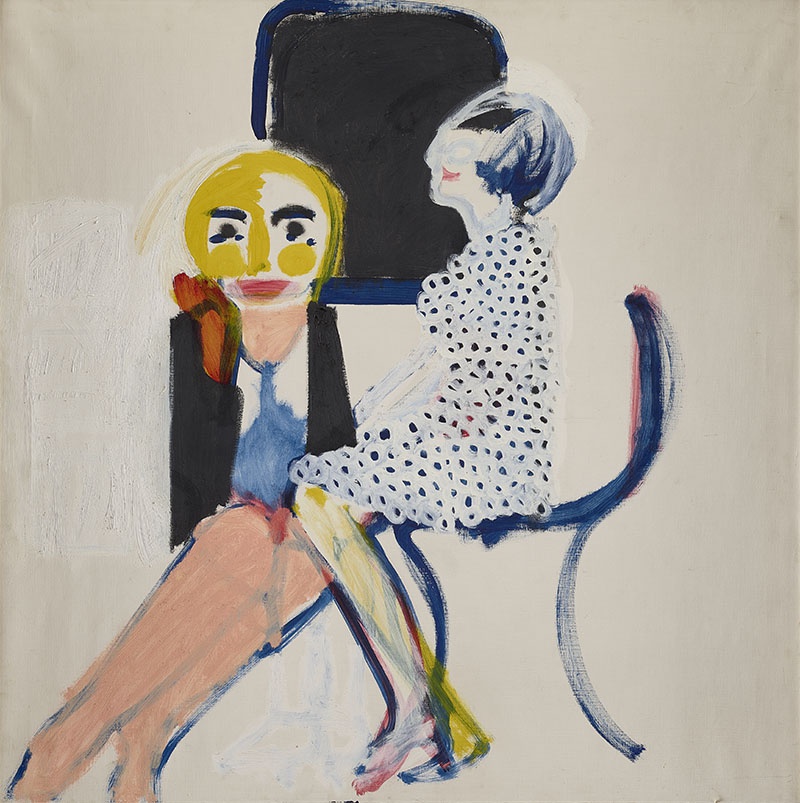
Hodgkin’s milieu in the sixties was wide and varied, and his portraits catalogue many eminences of the contemporary art world. His painting of Peter Cochrane (1962), a director of the art dealer Tooth & Sons and a collector of Hodgkin’s work, was included in the National Portrait Gallery’s recent rehang. (That portrait preceded Hodgkin’s first solo exhibition, held at Tooth’s in 1964, in which the selection of ten paintings included Hotel.) He made a speciality of double portraits for a time, especially husbands and wives, and these included Adrian and Corinne Heath (1960-61), The Tilsons (1965-67) and Robyn Denny and Katherine Reid (1973-75).
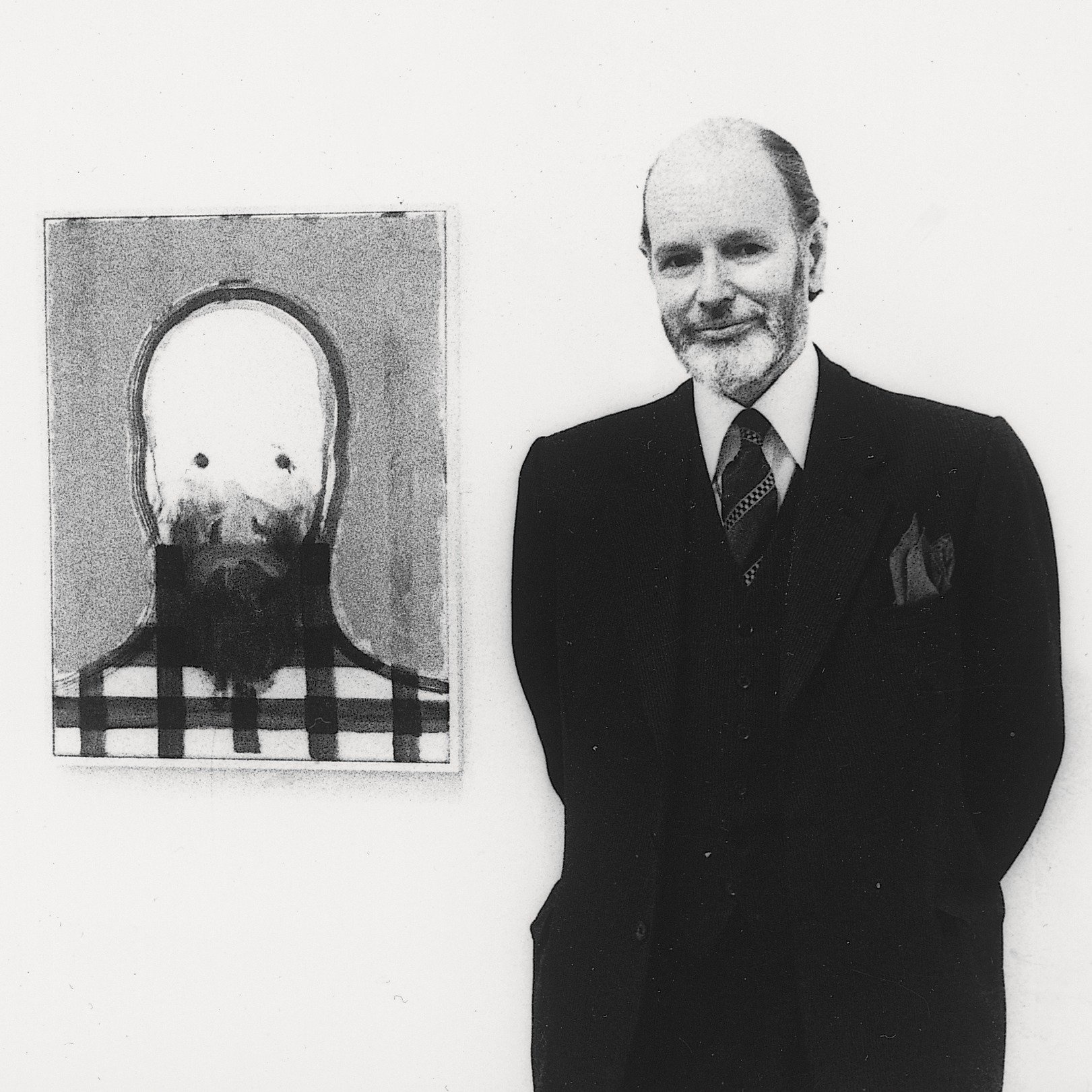
Notwithstanding the specificity of his subject matter, it is the literal material quality of Hodgkin’s painting that underpins the widespread popularity of his work. He later shifted to a freer, more gestural mode of applying paint with wide brushes, but even his earlier work was animated by an inventive and varied approach to mark making in which individual applications of the brush have a compact suggestiveness. When Richard Morphet curated an exhibition of Hodgkin’s work at the Museum of Modern Art, Oxford, in 1976, he gave this evocation of the artist’s painterly mode up to that time:
Crude ridges of underpainting in relief, overlaid by sluggishly dragged bands of drab or blaring paint, may adjoin delicate paint smears or caresses that lie on the surface like the slenderest transparent gelatine leaves. Elsewhere, paint passages that appear to have been applied by a saw, or stamped out on a production line, will be juxtaposed with dry or succulent blobs, perhaps of surprising size, stabbed on by ostentatiously manual means; yet set down beside these may be exquisite pink arcs, like satin.
One such pink satin arc is found in Hotel, which was painted with the bewildering variety that Morphet described. The matt surface of black paint is pitted and ridged with underlying textures, symptoms of an extended working process. The brushstrokes at the surface are mostly legible and individualised, variously loaded with and starved of paint, while whole areas are blocked in with an urgent need to conceal what lay beneath and little consideration for the quality of brush marks. Some colours are scumbled – green scrubbed over yellow, for instance – while other features are established with brush-textured impasto. As in all of Hodgkin’s most successful work, the peculiar shapes in the painting are inseparable from the eclectic painterly operations used to create them.

Images:
1. Howard Hodgkin, Hotel, 1962-63, oil on canvas, 127 x 152.5 cm
2. Richard Smith, Kasmin and David Hockney at the private view of London: The New Scene, 6 Feb. 1965 © Brian Clarke
3. Édouard Vuillard, The Dressing Table, 1895, Private Collection
4. Howard Hodgkin, Large Japanese Screen, 1964-66, British Council Collection
5. Howard Hodgkin, Julia and Margaret, 1962, Private Collection
6. Peter Cochrane standing beside Hodgkin’s portrait of him
7. Hotel (detail)

